- Healthy Innovations
- Posts
- 🏥 8 real-world examples of AI transforming healthcare
🏥 8 real-world examples of AI transforming healthcare
From ERs to cancer screening, clinical AI has moved beyond hype into measurable impact
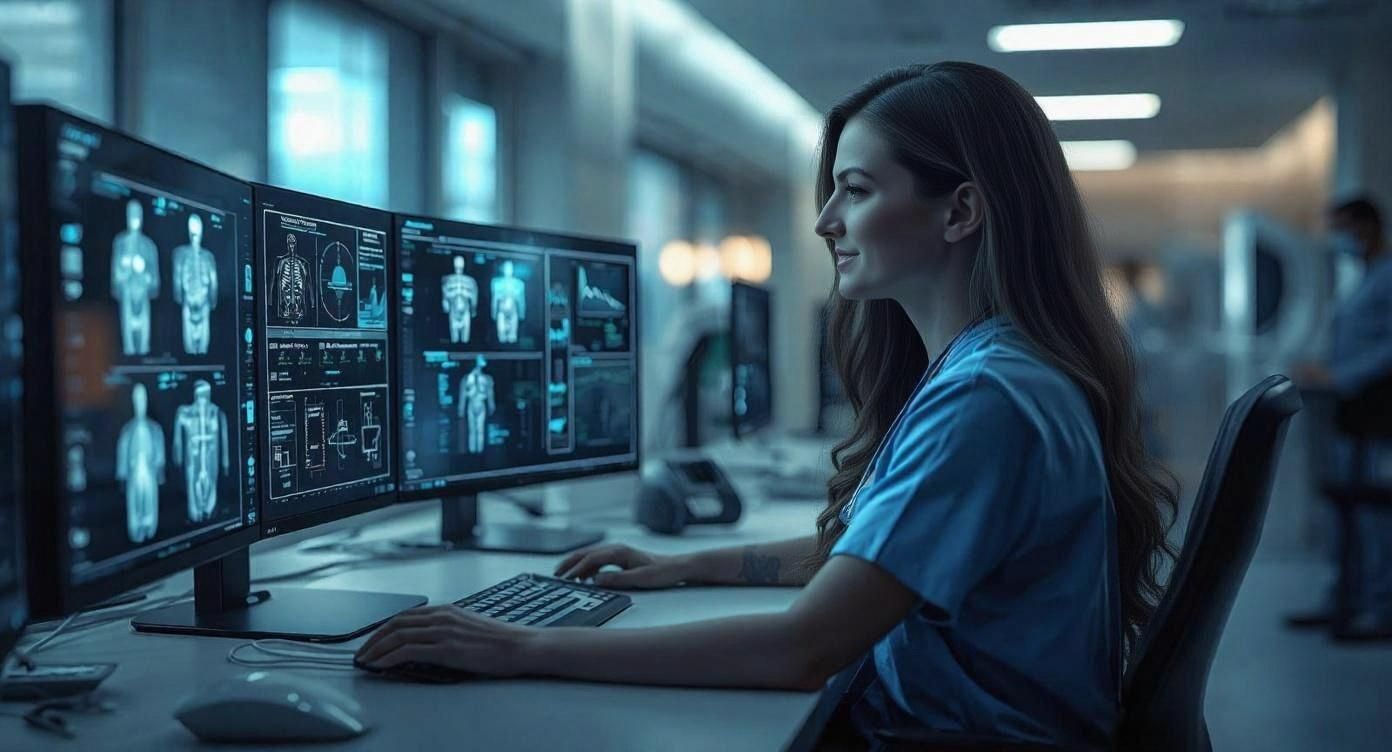
Welcome back to Healthy Innovations! 👋
In his issue we're looking at AI in healthcare that's moved beyond promises into practice. From Californian physicians reclaiming nearly 16,000 hours in one year to breast cancer screening in Sweden detecting 29% more cancers, the evidence is concrete and the implications are significant.
Let’s take a look!
Beyond AI pilot studies
An over-worked Californian physician finishes clinic on time.
A London emergency department handles 13% more patients per shift.
Stroke treatment times drop by 39 minutes across 166 US hospitals.
These aren't projections or pilot studies.
They're outcomes from AI systems already embedded in daily clinical workflows, backed by data showing measurable improvements in time saved, accuracy gained, and lives protected.
After years of promises, AI in healthcare has entered a practical phase. The technology works quietly in the background, augmenting clinicians rather than replacing them. Doctors still make the decisions, but algorithms handle tedious documentation, flag subtle warning signs, and coordinate care faster than humans alone could manage.
Here are eight recent examples where clinical AI is delivering tangible results.
1. AI scribes free up physicians’ time and reduce burnout
AI scribes are one of the most visible use cases for AI in healthcare.
AI scribes use sophisticated natural language processing to capture, transcribe, and organize doctor—patient conversations in real time. I covered this area in detail in “Why AI scribes are a win for patients and doctors.”
At Kaiser Permanente's Northern California group, an AI documentation tool saved physicians approximately 15,791 hours over one year across 2.5 million patient encounters. That's equivalent to 1,794 eight-hour workdays.
The system works by listening to consultations and drafting clinical notes. Physicians review and edit the drafts, but avoid the exhausting work of typing while trying to maintain eye contact with patients. 84% of physicians said the AI improved communication, and nearly half of patients reported their doctor spent less time focused on the computer during visits.
Burnout metrics improved too. Overall work satisfaction rose, especially in high-burden fields like primary care and emergency medicine.

Image source: Noun Project
2. Emergency departments see more patients
One clear benefit of saving doctors time is that AI scribes allow physicians to see more patients per shift.
The UK's National Health Service (NHS) ran the largest AI scribe trial ever conducted. Led by Great Ormond Street Hospital, the study evaluated over 17,000 patient encounters across nine sites, from children's hospitals to GP clinics to emergency departments.
Direct patient interaction time jumped by 23.5% without lengthening appointments. In emergency departments, physicians saw 13.4% more patients per shift after the AI handled documentation. Time to complete initial notes was cut in half.
92% of patients consented to AI-scribed visits, many citing better engagement from their providers. NHS England is now drafting national guidance for AI-scribing tools as part of its 10-Year Plan.
3. Sepsis detection gets a 2-hour head start
At Johns Hopkins and other US hospitals, an AI platform called TREWS (for Targeted Real-Time Early Warning System) detects sepsis nearly 2 hours earlier than traditional methods. The payoff is substantial: hospitals using TREWS have seen sepsis mortality drop by 18%. That matters when sepsis kills around 270,000 Americans annually.
Dr. Suchi Saria, who started developing the machine learning system in 2015, explains the challenge: "Sepsis is easily missed because many of its symptoms are common in other conditions." The AI sifts through noisy signals to flag cases that would otherwise slip through.
4. Stroke care shaves off 39 critical minutes
Viz.ai, a platform now deployed across 1,400+ hospitals in the US and Europe, automatically analyzes CT scans to detect large vessel occlusions and instantly notifies specialists via smartphone.
In a multi-center study spanning 166 hospitals and over 14,000 stroke cases, hospitals using the AI had a median door-to-interventionist time of 50 minutes, versus almost 90 minutes without AI. That 39-minute reduction represents a 44% time savings.
When neurons die by the millions each minute, 39 minutes is significant. By automating triage and alerting, the AI buys back precious time that often determines whether a patient walks out of the hospital or needs months of rehabilitation.
5. Radiology gets faster without losing accuracy
I covered this topic in depth, exploring how AI and generative AI are transforming clinical radiology in “Teaching machines to see disease: AI in diagnostic radiology.”
A generative AI model integrated into radiologists' workflows at a US academic hospital cut documentation time by 15.5% on average across nearly 12,000 AI-assisted reads. Crucially, it maintained diagnostic accuracy and report quality as rated by senior radiologists.
When screening approximately 97,000 radiographs, the AI reliably detected emergency pneumothoraxes with high speed and accuracy. The study, published in JAMA Network Open in 2024, provides hard evidence that radiologists working with AI can handle more images without sacrificing quality.
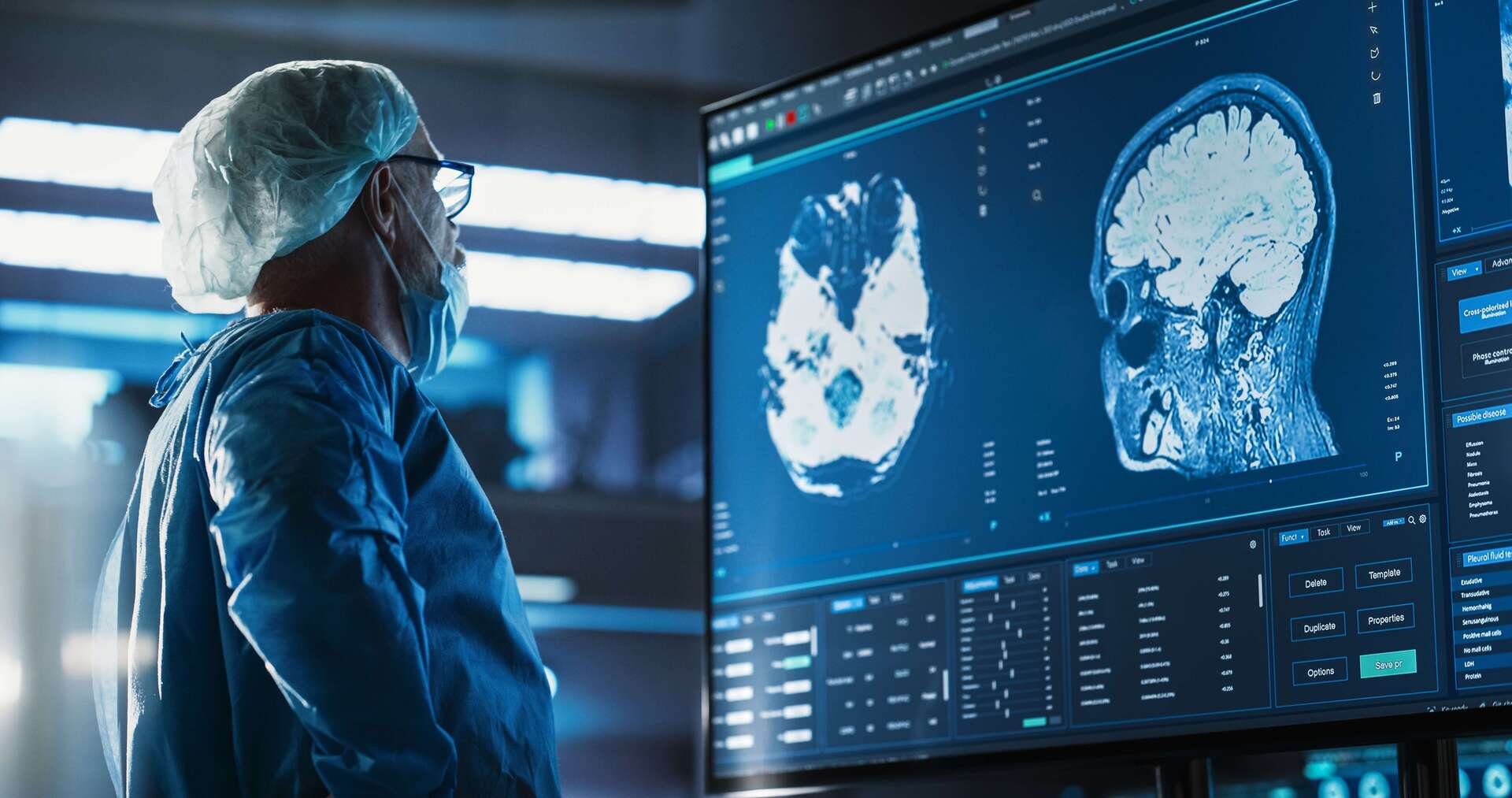
Image source: Noun Project
6. Colonoscopy AI catches 13% more polyps
During colonoscopy, even skilled gastroenterologists can miss small polyps due to fatigue or blind spots. An FDA-cleared AI device from Medtronic called GI Genius acts as a second set of eyes, drawing bright boxes around polyp-like structures in real-time video.
In a 700-patient randomized trial, colonoscopy with GI Genius detected polyps or early cancers in 55.1% of patients, versus 42.0% with standard colonoscopy. That's a 13 percentage point jump in the adenoma detection rate, a key quality metric linked to lower future cancer risk.
7. Breast cancer screening finds 29% more cancers
A landmark trial in Sweden found that AI-supported mammography reading detected 29% more cancers than traditional double-reading by radiologists, without increasing false positives. The AI also cut radiologists' reading workload almost in half.
The AI caught additional cancers, especially small, early-stage tumors, that two expert humans overlooked. In a real-world deployment in Hungary, an AI tool served as an extra reader in 25,000 mammograms and flagged subtle cancers missed by doctors, yielding a 7-13% increase in detection with minimal change in recall rates.
8. Predicting who needs help before crisis hits
In the US opioid epidemic, researchers developed an AI screening tool to identify hospitalized patients at risk for opioid use disorder. Patients who underwent AI-driven screening had 47% lower odds of 30-day readmission compared to those who only had usual provider consultations, saving an estimated $109,000 in healthcare costs in the study cohort.
In the UK, NHS teams in North East London deployed a predictive AI model to flag patients likely to overuse emergency services. Every year, over 360,000 patients in England attend emergency departments five or more times, often due to poorly managed chronic issues or unmet social needs.
Pilot programs saw frequent emergency department attendance drop by more than half in some areas. One hospital trust reported that outreach guided by AI helped cut 20 high-risk individuals' combined emergency visits by 50%, from 33 per year to about 16.
NHS Chief Executive Amanda Pritchard noted the dual benefit: "Using AI to proactively find those in need offers a double win: getting vulnerable patients the right support and saving precious time of busy emergency department staff."
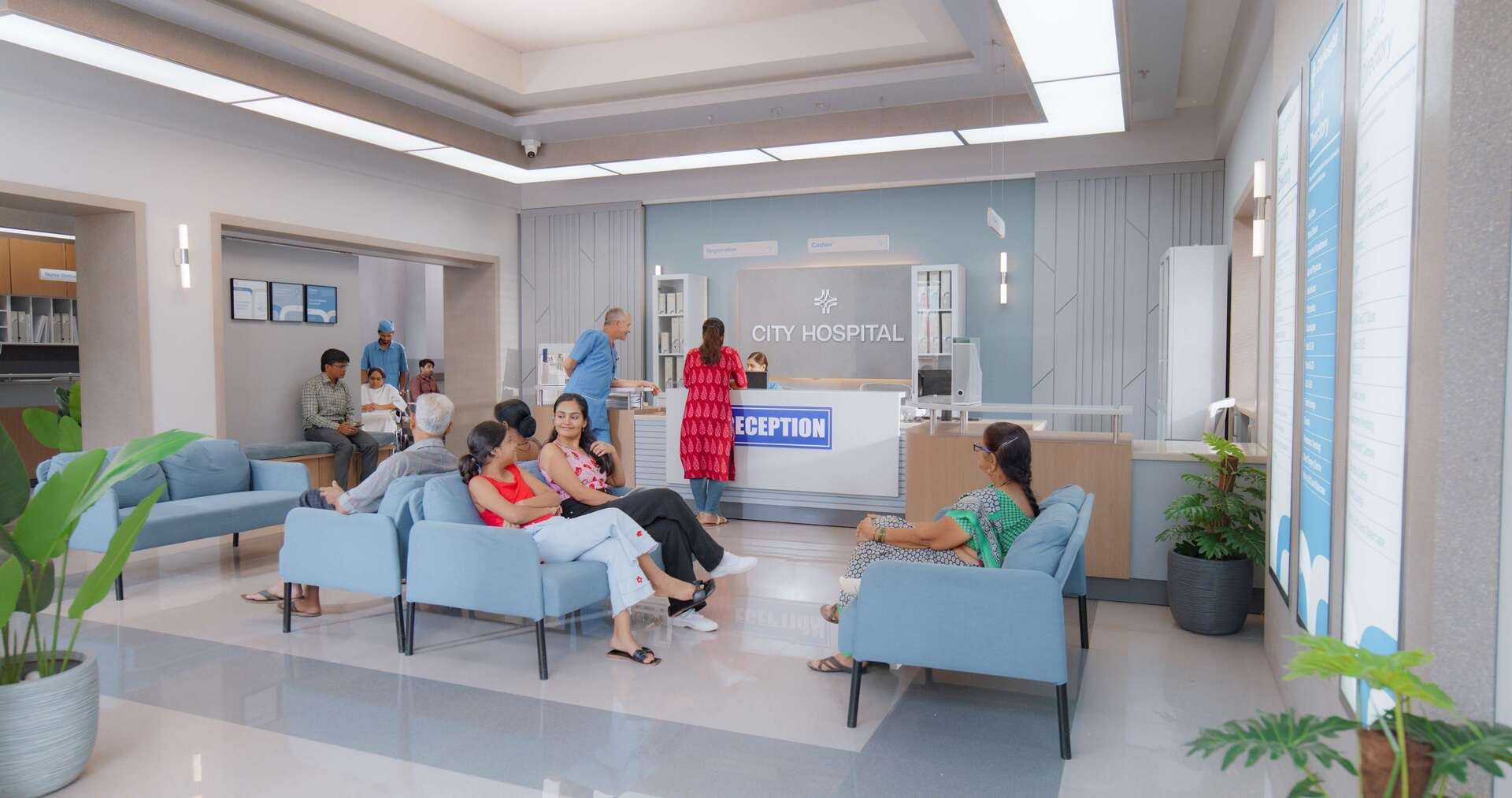
Image source: Noun Project
Progress with perspective
These case studies show meaningful advances in healthcare delivery. Algorithms now help providers anticipate risks and act early, augmenting clinicians' ability to listen, observe, and respond more effectively.
Yet success in controlled settings doesn't guarantee universal applicability. Most results come from well-resourced institutions. How these systems perform in under-resourced facilities remains uncertain.
Many AI tools lack long-term outcome data. Algorithms trained on specific demographics may underperform in others, potentially widening health disparities. Healthcare systems must address workflow disruptions, staff training, alert fatigue, and over-reliance on algorithmic recommendations.
The regulatory landscape is also evolving. While some AI tools have FDA clearance, many operate in gray zones with limited post-market surveillance. Cost-effectiveness requires scrutiny - deployment, maintenance, and infrastructure represent significant investments.
AI is demonstrating practical utility in specific clinical contexts, but it requires careful implementation, ongoing evaluation, and realistic expectations. Whether it improves your care depends on how thoughtfully the system was chosen, implemented, and monitored.
Smarter frameworks. Bigger results.
The playbook for modern marketing leaders. Learn how to adapt, realign your goals, and lead teams ready for 2026.
Subscribe to the Masters in Marketing newsletter for twice-weekly insights to keep your reset going.
Innovation highlights
🩸 Blood smears better with AI. Researchers at the University of Cambridge developed CytoDiffusion, an AI that analyzes blood cells more accurately than trained clinicians. Using diffusion-based generative AI trained on half a million blood smear images, the model achieved over 90% sensitivity and 96% specificity in detecting abnormal cells. Unlike humans, it can examine thousands of cells per sample and knows when it's uncertain. The team is making their dataset publicly available to support worldwide research and improve patient diagnosis.
🧠 Brain tumor risk calculator. Scientists developed IMPACT, a clinical tool that accurately predicts whether meningiomas - common brain tumors - will need treatment. Tested on over 1,200 patients across 15 countries, it categorizes patients into low, medium, or high risk. Low-risk patients have just a 1 in 25 chance of needing treatment, while high-risk patients face 1 in 2 odds. The tool helps avoid unnecessary monitoring for low-risk patients while ensuring high-risk patients receive timely intervention.
👩🏼 Smart cup reads periods. UK-founded Emm raised $9m to launch the world's first smart menstrual cup with connected app, creating a new "smart menstrual care" category. The technology tracks key metrics to provide personalized insights into menstrual health, helping users understand their individual baseline. Founder Jenny Button aims to transform women's health outcomes by treating menstruation as the "fifth vital sign." The platform could unlock new research opportunities and advance diagnosis and treatment of reproductive health conditions.
Company to watch
📞 Hello Patient is tackling one of healthcare's most persistent bottlenecks: patient communication overload. Founded in 2023 by Carbon Health veterans, this Austin-based startup deploys AI agents that handle appointment scheduling, patient reactivation, and routine questions across phone, text, and chat - 24/7.
The numbers are striking: 10,000 to 20,000 daily conversations, over 100,000 phone calls, and 300,000 patient interactions in their first year alone. Their HIPAA-compliant platform integrates with existing health records and practice management systems, freeing clinical staff to focus on care instead of callbacks.
In September 2025, Hello Patient raised $22.5 million in Series A funding led by Scale Venture Partners. They now serve practices across urgent care, dermatology, orthopedics, ENT, and veterinary clinics. By automating healthcare's "front door," Hello Patient reduces no-shows, boosts patient retention, and gives time back to providers who need it most.
Weird and wonderful
⚡ Chinese workers are rejecting the eCoffee Energyband - a $100 wristband that literally electrocutes you awake instead of letting you rest.
The device zaps your wrist nerves for up to three hours daily, claiming to mimic a cup of coffee by stimulating brain function. The maker WAT Medical says it boosts alertness, but scientists are skeptical since the research cited actually studied completely different devices or effects.
After going viral at a trade show, the gadget sold out online while simultaneously getting roasted on social media. Chinese comedian Ma Xiaoyang compared it to torture tactics used in Southeast Asian scam compounds, while others dubbed it a "portable electric chair" or "human e-collar." Young Chinese workers see it as another tool for bosses to squeeze productivity from burned-out employees in the notorious "996" workplace culture.

Image source: CanvaAI
Thank you for reading the Healthy Innovations newsletter!
Keep an eye out for next week’s issue, where I will highlight the healthcare innovations you need to know about.
Have a great week!
Alison ✨
P.S. If you enjoyed reading the Healthy Innovations newsletter, please subscribe so I know the content is valuable to you!
P.P.S. Healthcare is evolving at an unprecedented pace, and your unique insights could be invaluable to others in the field. If you're considering starting your own newsletter to share your expertise and build a community around your healthcare niche, check out beehiiv (affiliate link). There's never been a better time to start sharing your knowledge with the world!

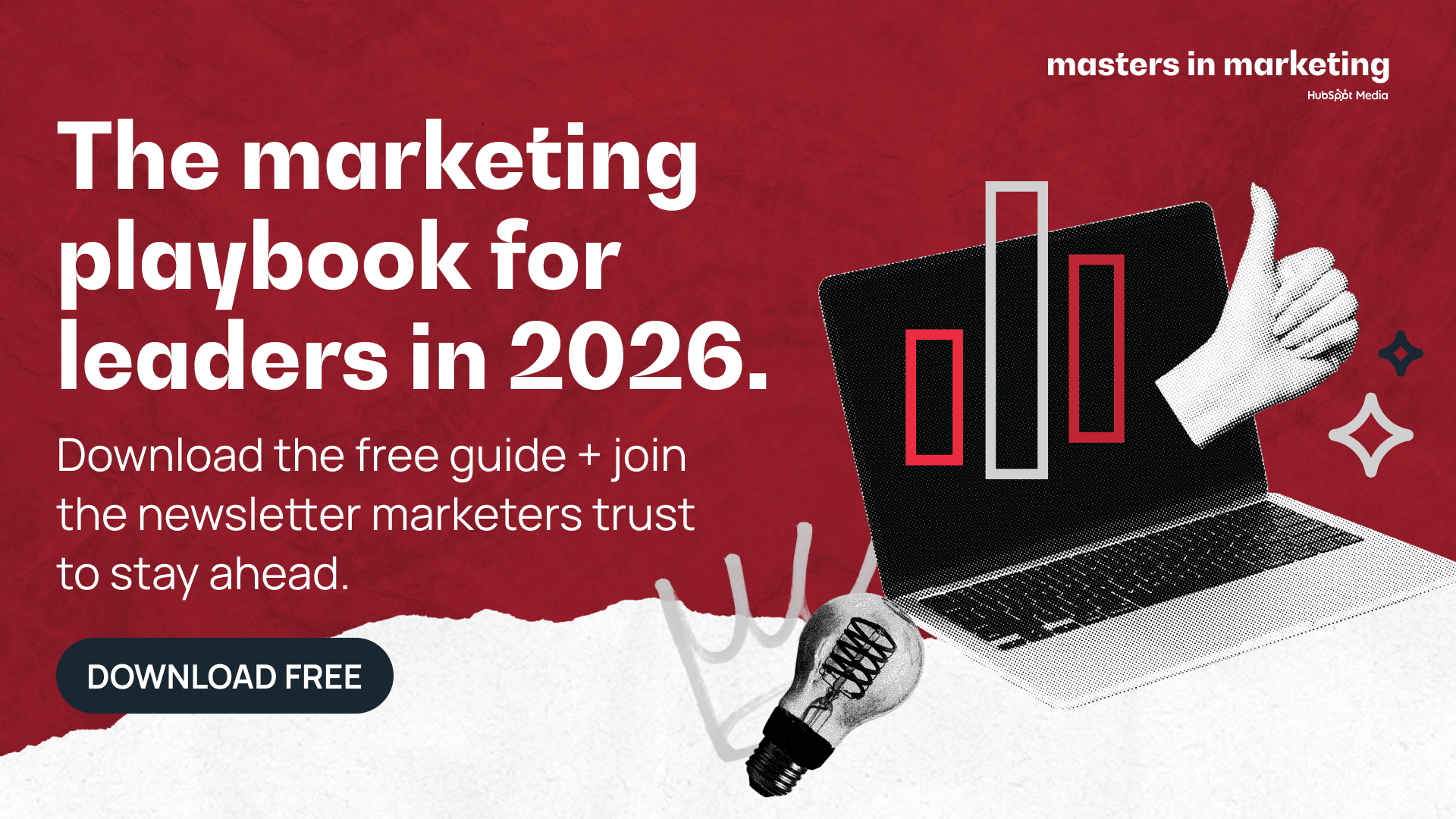
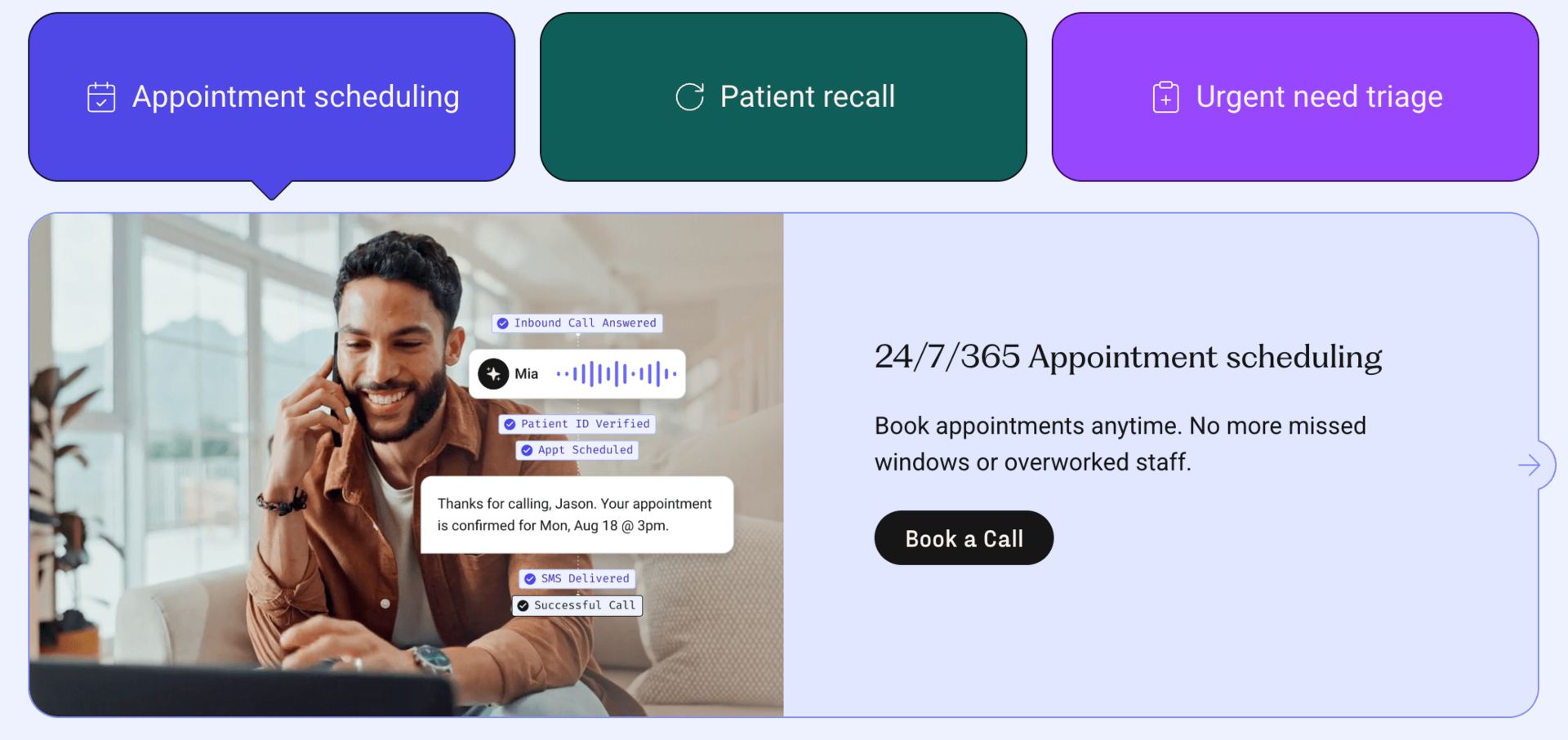
Reply